‘The smartphone freed me’: a journey of dating as a transwoman
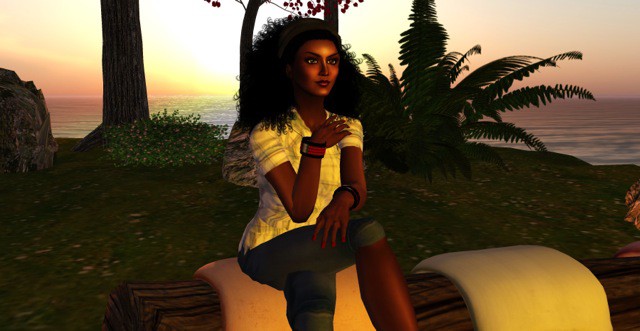

It was a Saturday morning. I shut the door to my room on some pretext, went into the bathroom, and began reading out numbers on my phone screen. The number sequence was random, and I read each sequence out in different voices. First slower, pausing and extending the way I pronounced each digit. Next, breathier and huskier than my usual staccato. Then high pitched once, but quickly abandoned, because it sounded like I was being squeezed by a vice.
I was trying, and miserably failing, to sound like a woman. My voice, which at some point in the past I had intentionally broken to make myself sound bass and deep, was now unmistakably masculine. The kind of voice that could and did do radio voiceovers. So why was I trying to sound like a woman?
Because I am.
And because I am attracted to women and wanted to get on to LesPark, a lesbian dating app that not only demands you look feminine, but that you sound feminine too — in sum, that you prove you are indeed all oestrogen and no testosterone.
Which meant that I, transwoman me, was an inferior, second-class citizen in the world of LesPark.
***
Till I was 17, I did not have a word for who I was, or could be. I did not know I was a transgender girl. But as a 16-year-old, I discovered the internet. Those were the days of dial-up, of VSNL’s multiple gateway connections to the big blue yonder. And in between searching for games to play, attempting to learn HTML by copying code from other sites, and trying to find people to talk to, I hit upon what at the time felt like a novel idea: pretending to be someone else.
I had stumbled into a chatroom that was meant for frank conversations between women, and was strictly off-limits to men. And so on Yahoo, a girl I became. I borrowed liberally from my classmates’ lives to invent an alternate backstory for myself. I expected I would be found out immediately. I feared what I was saying and how I was saying it would be seen through for the thin façade they were, and I would be shamed forever. But that did not happen. Yahoo’s chatrooms became my second home, and its people my mentors, my crushes, my fantasies and, over time, my friends.
As tentative friendships firmed up, I followed each of my chatroom friends to their personal profiles. Jumping from link to link, I learnt of interests, hobbies and terms that were new to me. Transvestitism was one such. After a little digging, I landed upon a chatroom dedicated entirely to this ‘interest’, where I found validation for deeply hidden, very frightening thoughts I had always had. I found community.
One of the first people I befriended on this chatroom was a middle-aged former sales executive from Portland, Oregon, who in their late forties underwent hormonal transition and began life anew. Frank became Francesca and she called herself a transwoman. I knew, then, who I was.
This understanding was neither liberating nor comforting. Teenagers do generally go through a period of rebellion, of questioning their identity, of challenging authority and received wisdom. But to realise that a deeper, more fundamental aspect of myself was based on a shaky foundation — and that others took for granted who I was, while I wasn’t sure of it myself — was painful, confusing, and exasperating.
Questions. Doubts. One remained, a thorn forever in my flesh: did this explain why, even though I had crushes on other girls, I didn’t act on them?
***
It was another Saturday, one of those lazy afternoons. A colleague-turned-friend and I were sitting in the balcony of a coffee shop; she was smoking, I was trying not to cough over mine. In a distracted, offhand way, she spoke about her crushes and disappointments, her possible-loves and maybe-loves. It was a regular, innocuous conversation, but it soon triggered a bit of pain; a sense of melancholy for a past me.
Growing up cisgender[1], a person can experience the various joys and trials of an adolescence in which their identity and assigned gender are in fairly close sync. And with this understanding comes the feeling of being attracted to, and more importantly, being attractive to, other people. Of being someone who is sought as a romantic or sexual partner.Of having a bit of confidence in their body. Even growing up transgender, if the realisation that one is trans comes early enough, one can perhaps feel some degree of attractiveness.
One can talk about boyfriends and girlfriends, of maybe-wives or possible-husbands. One can look back on those people who sought you, those who pushed their luck once or twice to no avail, or those who gave you the space you needed. One can talk about the boy who categorically stated to your mother that he couldn’t possibly drop you home before 2 am. One can talk of the girl who came home one night, offered to help you through a bad breakup, and stayed on to be your next love.
All that, I never had. Oh yes, in the future I may. Once, if-when-maybe, I transition.
But I have never experienced young love. That hot-blooded, hot-hearted feeling of being someone’s sole pursuit. Of being wooed, of having someone come home and meet my parents, to ask if they can take me out for a movie, for a dinner, on a date.
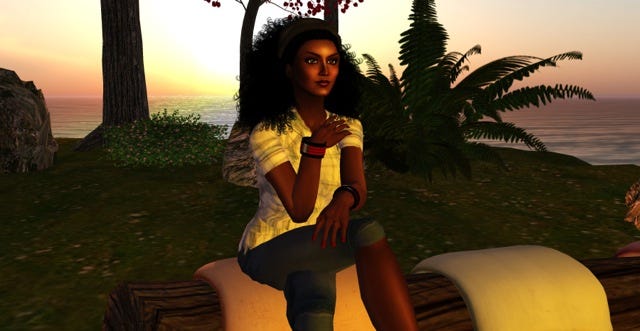
Growing up with a distorted understanding of my own identity, I felt a deep-seated anxiety and a sense of shame about my own body. This, together with a conditioning that prevented me from being either a complete rebel or a total conformist, meant that all I could do was experience the life of a teenager at a distance. Experience it vicariously, falsely.
I never had any one coming home to ask me out. I did not have any girl friends, giggling and whispering in my room discussing potential dates. I haven’t had, and will never have, a girl trying to sneak a kiss while my parents are downstairs.
Of course, these experiences can be criticised as shallow teenage crises, as puppy love. As western ideas of adolescence. But I grew up with people for whom all these things happened. I have friends from later in life whose conduct and bearing have been informed and influenced by their teenage loves and lives.
Not for me.
Whatever a person’s teenage experience of love or sexual awakening was, good or bad, it paved a path for their adult pursuits. All I had were fictions and inefficient facts culled from hastily put together books.
And so it was that as an adult, I did not feel capable of acting on my debilitating, deeply felt, crushes.
***
I have always been aware of dating websites. They have been in the background of all my internet forays. A hook here, a line there, asking to reveal all, with the promise of a soulmate, or at least a partner for sexy times.
I’d tried a few too. From my early twenties onwards for nearly a decade, I left personals on Craigslist, drafted profiles on Match.com, and attempted to navigate the world of hook-ups in the pre-smartphone area.
To glorious non-results.
These early shots at dating online were my over-sincere attempts to conform to the male gender assigned to me at birth. And so I strutted out and acted the ‘sensitive cool dude’ I knew I wasn’t. Then I gave up, accepting what teenage me had realised long ago. I was a woman, dammit. And it was as a woman that I must find love. Or even friends.
And so, aged 30 but feeling like a 17-year-old girl, I went online to OkCupid.com and created Nadika’s first dating profile.
It was a kick.
It was a deep emptiness in the bottom of my stomach.
It was exhilarating.
It was confusing.
Today’s OkCupid is vastly different from what it was in 2012. Back then, you could be either Male or Female. Two choices. Oh and you had to have photos that were of you, and mainly of your face. So I wasn’t male, but was I entirely female? Wouldn’t the lie be blatantly obvious the minute I uploaded a picture? I was deeply insecure about the photos I had. They were all of me solidly performing the masculine. But I poured my heart into the profile, and for photos, I reverted to my favourite source for pictures of myself, even today: Second Life.
Second Life (SL) is an immersive, massively multiplayer online game that creates a virtual world in which users interact with each other through avatars, or online selves. For me, it was not just a game. It became an existence, a life. On SL I could craft a woman me. I could give her all my aspirations and hopes, fears and loves.
So I created her; I created me. I gave her a shape that I wanted for myself and a body that I could both covet and be inspired by. She was — I was — tall, just the right amount of curvy, deeply tanned, brown skinned, curly haired, and as feminine as I could never be. SL became my vent for frustration, a space for my art, a boudoir to explore my sexuality, and my personal photo studio.
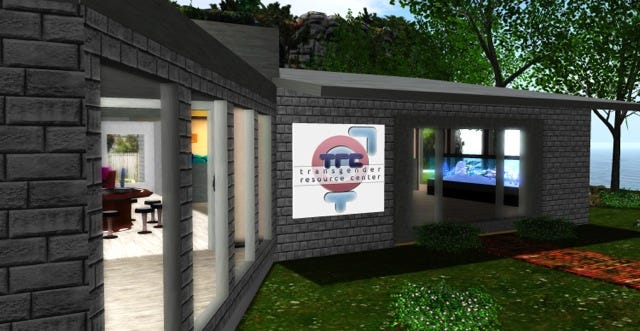
Back on OkCupid, I had no way of limiting who could see my profile — an option that users have on the platform today. So I got random men, mostly from India, trying to strike up fraandships with me. With some really awful opening lines. ‘Hi. I am not into transgenders. Penpal ok?’ was perhaps the least insulting, least transphobic of the messages I got.
This was about six months after I returned from the UK with my heart and soul still stuck there. I was set on going back to transition. But the UK Border Agency and the global economy didn’t see it my way. I was in the midst of a depressive, self-denying spiral, and confusion was the order of the day. Fear and self-loathing gained the upper hand, and my OkCupid profile lasted all of four months before I pulled it down.
***
In 2014 I came out.
Or rather, I opened the closet a bit and invited a few friends in. This had two immediate effects. One, my depressive spiral improved a little and I could sleep better. Two, I restarted my OkCupid profile.
In the meantime, I had graduated from a basic Nokia phone to an HTC Android device, which allowed me to operate my many lives and online identities without having to stay awake 24 hours a day.
The smartphone freed me.
OkCupid, Tinder, and Facebook were all now just a 3G connection away. Google, Android and Gmail enabled me to express my opinions, and my gender, easily. There was a reverse side to this coin. I lived in constant fear of outing myself accidentally. Worse was the fear that colleagues, social media contacts, cousins who were more active online than they let on, and people with free time and no scruples would go out of their way to connect my two identities and expose me.
Even today this manifests itself in what I do or don’t put up on Twitter and how many photos, and which photos, are seen on OkCupid. And for a long time, this fear was present in my indecision over Tinder. It was irrational but I thought having both OkCupid and Tinder on my phone would lead me to be outed almost instantly.
Tinder is a location-based dating app, widely used for short term dating and hook-ups. It plugs into your Facebook profile to find you potential matches based on a variety of parameters: interests, pages you like, people on your friends list, and more. In early 2014 I had deactivated my ‘male’ Facebook profile. Tinder was tied to my ‘female’ or real profile. I was a woman, and I was looking for a date.
It was therefore natural that Tinder would throw up the name and picture of a male colleague. In an office that was heavily mainstream in its understanding of gender and sexuality, an office where women tended to be one of the boys and the boys went out of their way to be manly men, the last thing I needed was a colleague to see my Tinder profile.
If Tinder showed me my colleague as a potential match, would I, therefore, be on his list? As a transwoman, in my yellow kurta and lipsticked self? Just the possibility of this was a rude shock, and one that coincided with one of my periodic bouts of melancholia. And so, off Tinder I went. I deactivated my profile, uninstalled the app, and tried to purge all my photos from the internet.
My self-imposed exile did not last long. The desire for, nay, the need for a meaningful, significant relationship outweighed my paranoia, and a few months later, I took cautious steps to revive my Tinder account.
***
In theory, I am a pansexual. I am also a demiromantic. In other words, all kinds of people could potentially float my boat, but I need conversations. I need camaraderie and cuddles first. And so in my early OkCupid and Tinder days, I requested potential matches from both the available genders. Men and Women. Never mind that I was swiping left 100% of the time on the men and swiping right about 60% of the time on the women. I just felt more attracted to females of the Tinder species.
There’s a Twitter account called Tinder Problems where users share screenshots of everything from messages that escalate quickly to interesting outcomes of hook-ups. The account showcases a range of behaviours human beings express in the hope of love, sex, and companionship. But one Tinder problem the account did not feature was the worst of them all.
No one new near me.
Everyday.
Every time.
I would open up the app to be greeted by little concentric circles exploring the depths of the internet and coming back with nothing to report. Meanwhile, friends of friends were juggling multiple successful hook-ups and relationships.
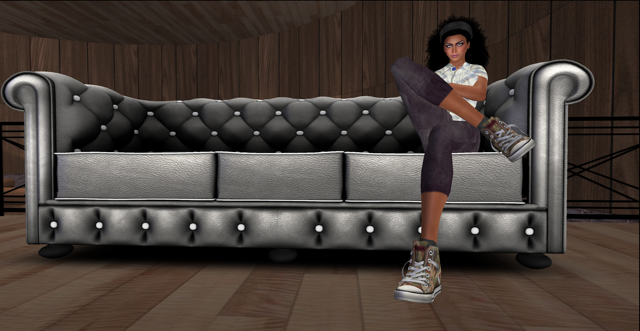
Straight women and gay men seem to have the most success on Tinder — according to my limited sample of data. There just seem to be more men on Tinder. And some of them are pretending to be women.
Was I, despite my self-determined gender and my obviously feminine clothing (and rather wordy explanation of my gender and sex) also one of them? Was this how other women were seeing me? As a man trying to impersonate a woman? I knew only too well how common that was.
Because I was on Brenda.
Easily one of the least elegant, most ungainly of the apps I’ve used, Brenda was touted as one of the earliest lesbian dating apps. It sure seemed like it.
Grid-shaped Brenda comprises squares upon squares of people from everywhere, including far away Singapore and car-drive-away Bangalore. In a review of Brenda, Lisa Luxx writes, ‘Brenda is a bit like the discard pile in a game of rummy. Doesn’t mean the cards are no good, but they’ve just not worked out for anyone else who’s had them yet.’
To me, it felt not only like the cards weren’t working out, but that someone had changed the game: we weren’t playing rummy any longer, but a form of severe poker. And the bluff was to know who you could trust and whose profile you should ignore. A surfeit of CGI hearts with lightning streaks, roses in all colours of the rainbow, plus dogs, cats, and photos of celebrities made up half the grid. The other half were anime characters, close-up shots of shoes, and occasional pictures of men.
Brenda was remarkable in that it was the app I used the least and on which I had no conversations with anyone — save one person who told me she was a lesbian through and through, and refused talk to me. No amount of arguing that I was indeed a woman worked. I didn’t blame her though, because I was fending off seriously probing questions from people who my instincts warned me were douchey men. ‘I am never good at pickup lines, what works on you?’ went a message from one anime-fronted user. ‘What is trans, are you shemale?’ wanted to know another. ‘I want lesbian sex,’ proclaimed one. Well, at least they were looking for it in the right place.
That was the end of Brenda. Poor woman. She meant well, but she wasn’t for me.
***
A few months ago, GooglePlay suggested I might like LesPark, an app that invites you to ‘Expand your lesbian social network.’ I really needed such a network. A lesbian friend of mine once said to me, ‘Being queer is an identity, being a lesbian is a practice.’ I laughed at it then, as I pegged it for a joke meant to cheer me up. But what if it was true? What if, indeed, being a lesbian was a performance and a practice, and one had to constantly ‘be at it’ to be truly seen as a lesbian?
And so LesPark was duly downloaded and installed.
By this time, pictures and profile info were no-brainers. I’d been socially transitioning for a while, and I had some selfies to add to my usual Second Life pictures. This in turn gave me some confidence in my identity, allowing me to develop some banter and get my story down to an art form. My politics and my choices had firmed up rather nicely too. So hit me with everything you have, Lisa of LesPark!
She did.
Points system. And Gender Verification.
It works like this. You get a point for every day you log into LesPark. The points determine who you can talk to. No points, no conversations. Everyone I wanted to talk to had way more points than I did, and so I could do nothing more than bookmark their profiles for posterity. Meanwhile, interesting-appearing women would send me messages, but given that they had fully verified profiles and a glut of points, I could not respond. The points system essentially made it impossible to even reply to a message, let alone start one myself.
LesPark also insists that only genuine, ISI-tested, Agmark-branded, made of 100% pure ghee lesbians (and bisexual women) can use the app. To this end, they came up with Gender Verification.
It works in three stages. First is voice verification. You read out a sequence of numbers from within the app, which is recorded and sent to the moderators for review. If your voice sounds feminine enough, you go to the next stage. Video verification. You shoot and submit a video of yourself. If they’re satisfied, you move to the third and final stage. ID verification. You upload a video of yourself holding an ID card. The name, picture and gender-marker on the ID card should match those on your profile.
No amount of twisting, contorting, forcing pitches and breathing could alter my deep bass voice. Stage 1 fail. Which meant, simply, that LesPark was a fail as far as I was concerned. Anger and resentment bubbled in me. Transwomen with deep voices are women too. Transwomen can be lesbians too. This was transphobic. This was anti-feminist. This was, simply, not cricket. LesPark had to go.
This moment marked a growing up. While I might have hankered after a romance or a relationship, I was not going to stand for trans*-exclusionary, discriminatory behaviour — be it by an app or by a person. And so, that Saturday afternoon, I emerged from my room a lot surer about who I was, what I wanted, and what I was not willing to do to get it.

***
By mid 2014 I was slowly getting over my colonial hangover. On OkCupid, I stopped vainly searching for partners, lovers, and friends from the UK and began looking for people closer to home. By this time, the app had progressed a fair bit, and I started to have more control over my expressions, visibility, and photos. Despite its continuing binary blue and pink colour scheme, OkCupid realised that there were perhaps more genders out there. I began having conversations with some very interesting queer women, slowly developing friendships with a few people I met. And by this time, I also had a couple of matches on Tinder.

These were uncharted frontiers and I was scared to move forward. I was afraid I would be rejected for being too masculine or not trans enough. Or spurned because I was boring or normal or like a million others. I was afraid my politics and motives were too banal, too everyday, for the amazing people I was beginning to crush on. These wonderful people were reading so many authors I’d never heard of, had seen so many great films, were doing so many wonderful things to bring life and light into some of the darkest corners of the world. They were everything I was not. Surely, none of these people would want to be friends with me, let alone date me.
Inexplicably, they did. They really wanted to be friends. Perhaps out of pity. Or maybe I fit a box they had to tick off. Whatever the reason (and I wasn’t going to dive deep to find it), I now had a network of queer women friends.
Approaching my 33rd birthday, I had my first date. And thus far, my only one. I have thought and re-thought about mentioning this. Do I talk about it? Do I not owe them the privacy they obviously deserve, and the chance to veto what is being said about them?
I will only say, then, that it was an OkCupid match.
[1] The terms ‘transgender’ and ‘cisgender’ are derived from Latin. Trans means to move, or moving; Cis means the opposite. So a transgender person is someone who ‘moves’ from one gender to the other, while a cisgender person is one who ‘stays’ in their assigned gender.
[2] Credits: this piece was originally published by Deep Dives as part of the series Sexing the Interwebs and has been republished with kind consent of the author.
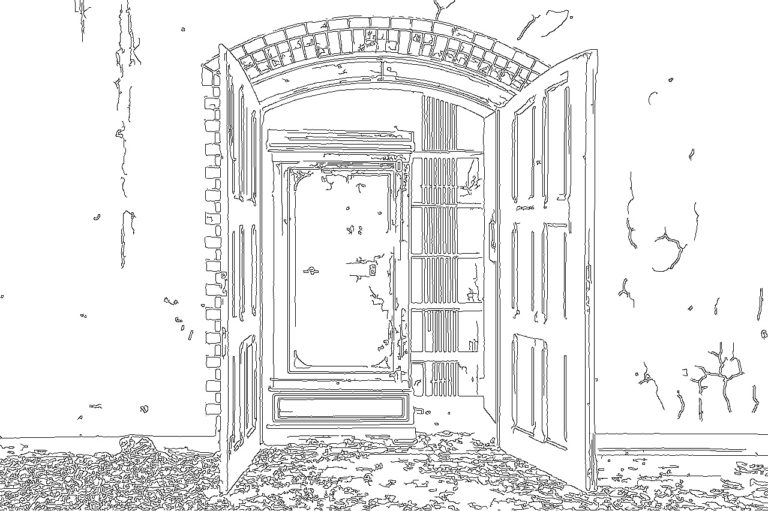
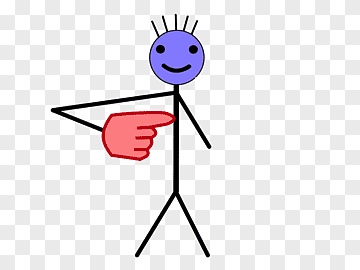
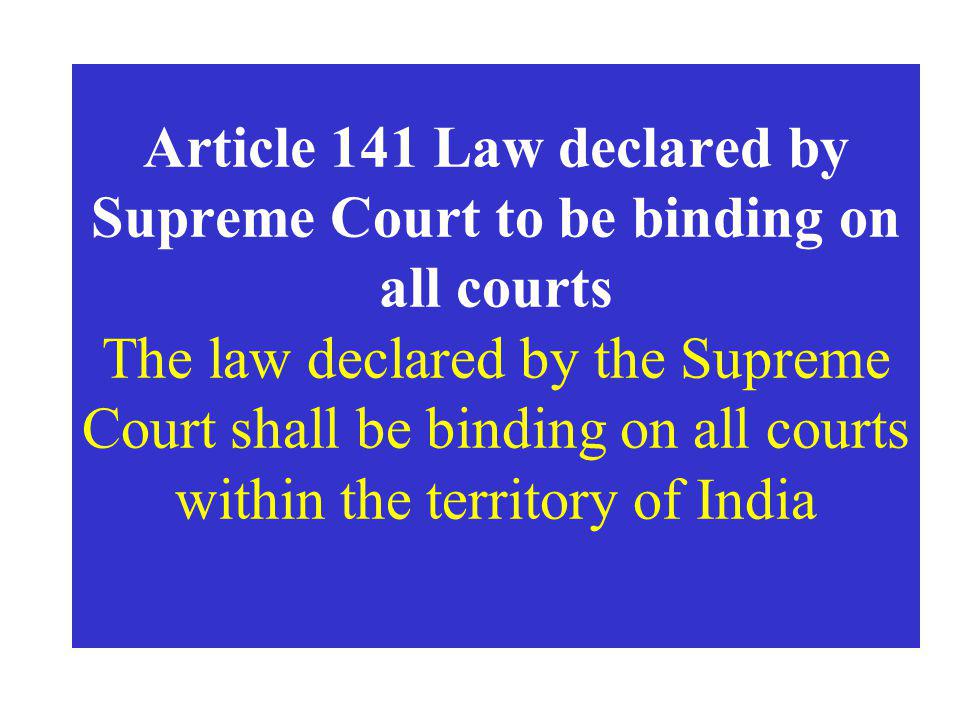

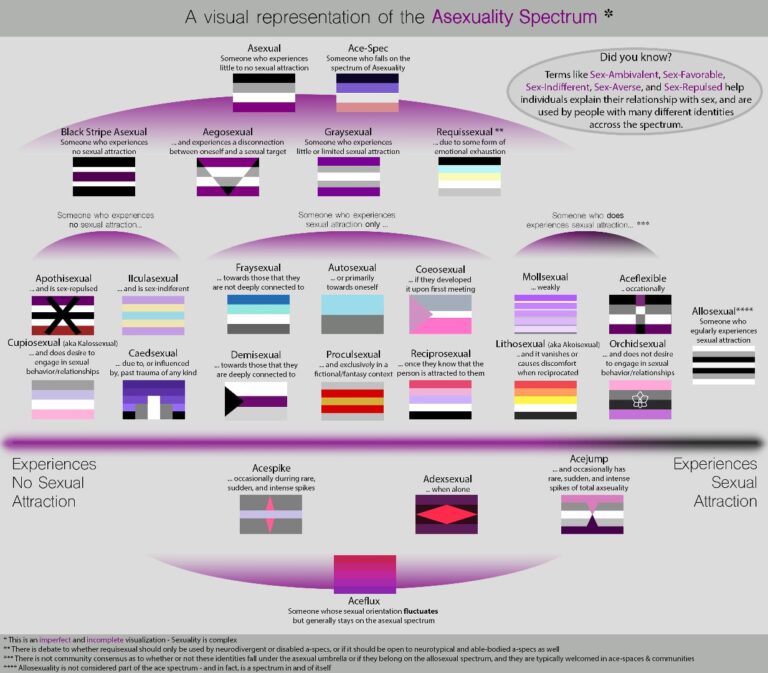
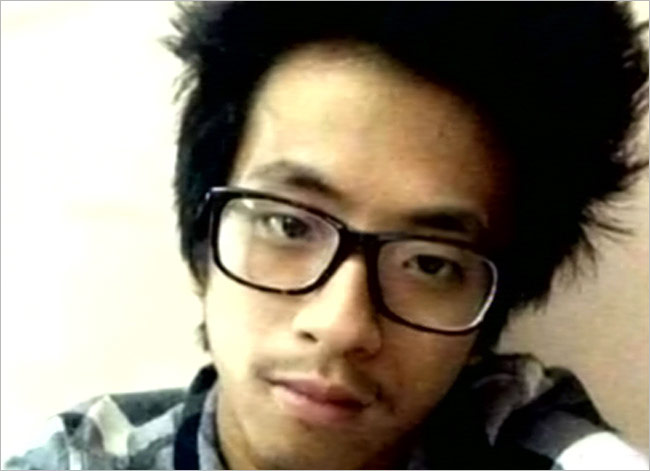
In my case PC is my companion. I create my own female or transgender id. But never went out in person. Everthing happens to me only in virtual or in dreams.
I m still questioning myself @41 but dont like 41 coz of my height and slim body. I still fear and couldnt talk about to anyone till date. But i want to talk about my feelings to someone who really understands and a likeminded can only do. I am born male but feels and want to enjoy a girls life. Being from a orthodox family and eldest i have to suppress all my feelings. I hope someone can help. Now often i feel that i have to go some place where i can live with like minded people. (i dont want family or friends to know about this.)
Hoping for something from you nadika. (atleast a reply)
confused soul,
Gayathri
(Female name i like)
Wow. I thought I was weird. Twisted. Scared of being my true self. I remember the Yahoo chatrooms, where I was a woman. Fell in love with a man. Broke my heart when he wanted to meet up, without even knowing what I looked like. I felt like killing myself.
Anyway. More power to you.
I dunno what I am. Not man not woman, trapped in a horrifyingly male body. I wish I had it as sorted as you do.
Hi Gayathri.
I am 41 too. I am also exactly like this.